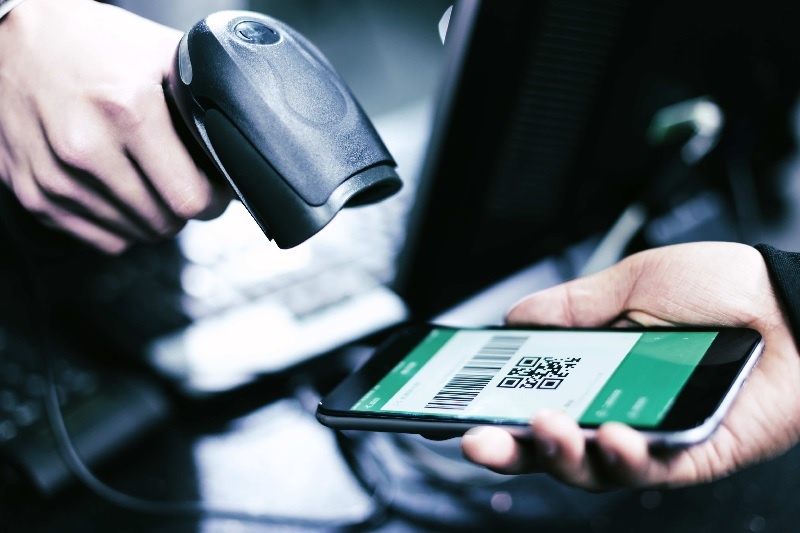Leaders lay stepping stones for financial inclusion
 |
| Leaders lay stepping stones for financial inclusion, illustration photo |
The government last week officially approved Decision No.1813/QD-TTg regarding the development of non-cash payments in Vietnam towards 2025.
The overall objective of the legislation is to proactively promote non-cash payment in Vietnam, where there is consensus that there is room for improvement in the e-payment and fintech industry in Vietnam.
Through the decision, the government has proposed many solutions including completing the legal corridor as well as mechanisms and other policies to develop non-cash payments over the next few years.
Specifically, the government has assigned the State Bank of Vietnam (SBV) to coordinate with the Ministry of Justice and other relevant ministries to review and propose amendments and supplements to a number of payment-related provisions in the current legal framework, such as the laws on the SBV, credit institutions, and anti-money laundering, among others.
“We are completing a controlled trial mechanism, or sandbox, for fintech in the banking sector to create a fair legal framework for tech-savvy players,” the SBV noted. “Fintech will be the next big game-changer in the banking and finance industry.”
At the same time, the government is researching and proposing mechanisms and policies on a national digital currency, or central bank digital currency (CBDC), which has been in the works for several months already.
According to PwC Vietnam, CBDC-related projects are gaining traction. Globally, more than 60 central banks have headed towards a similar national digital currency since 2014. In Asia, Cambodia, Thailand, China, South Korea, and Japan are among the countries that have joined the race and progress will continue to accelerate with some projects gaining momentum in both retail and wholesale fronts.
With over 88 per cent of CBDC projects at the pilot or production phase, PwC said, it is not surprising that blockchain is the technology of choice as the benefits cited include security, transparency, and programmability.
Vo Tan Long, chief digital officer at PwC Vietnam, said, “Across Asia, these CBDC success stories, as well as the development of virtual banking licences, serve as stepping stones to advancing financial inclusion. When CBDC becomes a reality in Vietnam will depend on the legal framework and policies that support the issuance and the distribution of regulated digital currency and address security risk concerns. This is a clear call for regulators and financial institutions to come together for a harmonised approach.”
While Vietnamese law does not recognise cryptocurrencies as a legal means of payment, Long said it is timely that there are various government initiatives underway to explore the inevitable trend of digital money. “The current efforts show the government’s openness towards establishing a new type of currency despite previous reservations. Although there is no official timeline for a virtual money pilot programme, it is interesting to see how our local policymakers will take this initiative forward,” Long emphasised.
In particular, the government intends to roll out mobile money as the most efficient means for electronic payments to reach the whole population, even remote or rural areas where the majority of the population is unbanked.
Minister of Information and Communications Nguyen Manh Hung said that procedures are being completed so that a pilot licence for mobile money will be issued soon. “We believe the new mechanism will create a significant push to support digital transformation on a national scale,” he said.
| Specific digital economy goals by end of 2025 - Non-cash payment value is 25-fold higher than GDP; - Non-cash payment in e-commerce reaches 50 per cent; - 80 per cent of people aged 15 and over boast transaction accounts at banks or other authorised financial organisations; and - Increasing people’s access to payment services; increasing the number of points accepting cashless payments to over 450,000 points. Objectives in non-cash payment means and services: - The average growth rate in the number and value of non-cash payment transactions is 20-25 per cent annually; - The average growth rate in the number of transactions via the mobile phone channel reaches 50-80 per cent annually and the transaction value reaches 80-100 per cent annually; - The average growth rate of the number and value of transactions via internet channels is 35-40 per cent annually; and - The rate of individuals and organisations using non-cash payment through electronic payment channels reaches 40 per cent. Objectives in non-cash payment for public services: - Around 90-100 per cent of educational institutions in urban areas accept payment of tuition fees by non-cash payment methods; - Around 90-100 per cent of universities and colleges in urban areas deploy online tuition payment on the National Public Service portal; - 60 per cent of medical examination and treatment establishments in urban areas accept non-cash payment methods for medical services; and - 60 per cent of people receiving pensions, social insurance benefits, and unemployment benefits are paid through non-cash payment methods. |
What the stars mean:
★ Poor ★ ★ Promising ★★★ Good ★★★★ Very good ★★★★★ Exceptional
Related Contents
Latest News
More News
- Tax sector wraps up 2025 and sets priorities for next year (December 25, 2025 | 14:00)
- A tipping point for digital and hybrid wealth management in Vietnam (December 23, 2025 | 13:33)
- $250 million deal targets women-owned SMEs, sustainable agriculture (December 22, 2025 | 17:40)
- Stock market posts resilient 2025 performance (December 19, 2025 | 18:17)
- Citi Vietnam receives 2025 AmCham CSR recognition (December 19, 2025 | 16:35)
- As global green supply chain reshapes, will Vietnam be left behind? (December 19, 2025 | 08:00)
- Banks gear up for massive capital increases (December 18, 2025 | 17:04)
- Securing capital and efficiency for Vietnam’s 2026-2030 growth ambitions (December 17, 2025 | 10:00)
- Energy sector in need of blended finance mechanisms (December 17, 2025 | 09:00)
- Vietnam still has room to mobilise capital for sustainable growth (December 17, 2025 | 08:57)

 Tag:
Tag:





















 Mobile Version
Mobile Version